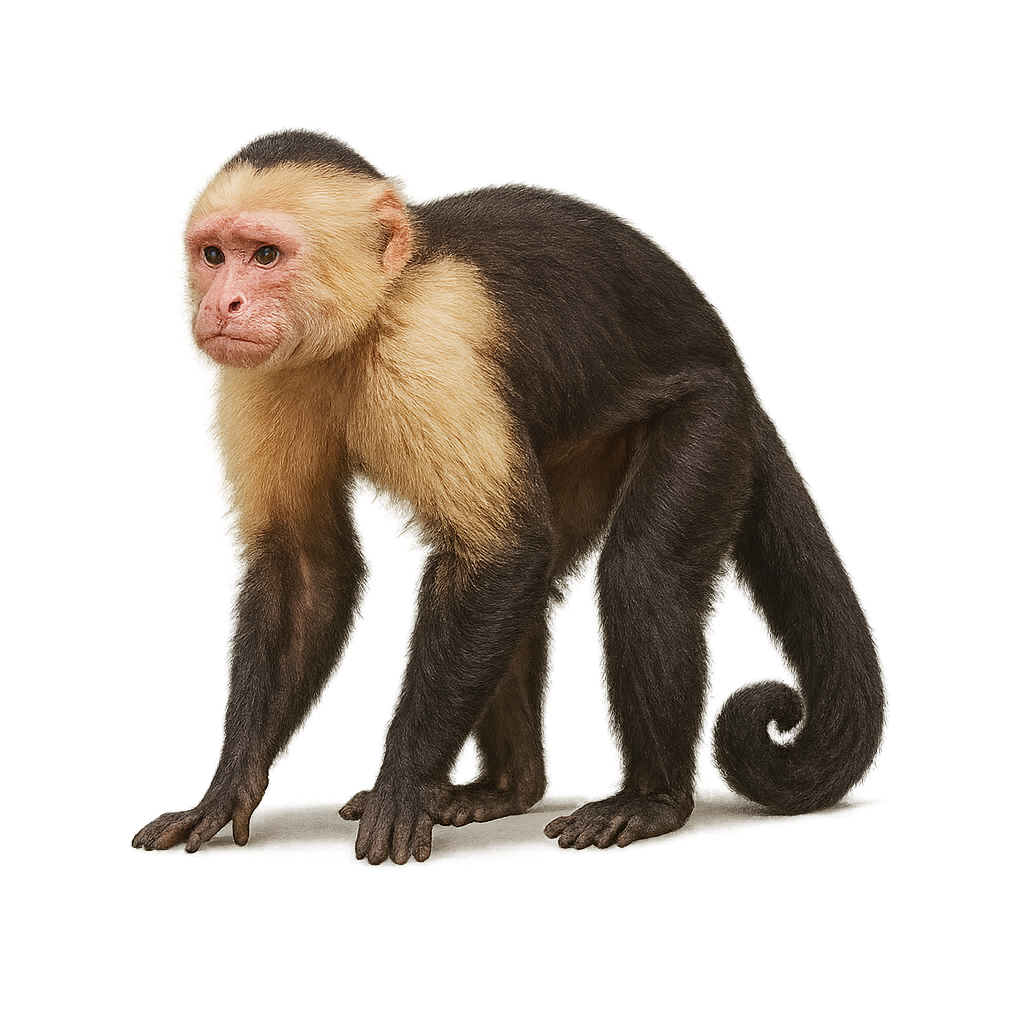Observe and photograph a species in its natural habitat
Learn where and when to observe a species in the wild, how to recognize it in the field, and what habitats it lives in. Get photography tips adapted to its behavior and capture stunning images without disturbing the animal. For full details, open the complete profile in the WildlifePhotographer app.
White-faced capuchin
Scientific name: Cebus imitator

IUCN Status: Least Concern
Family: CEBIDAE
Group: Mammals
Shyness: Suspicious
Safe distance: 20 m
Breeding season / Courtship: 01.01-31.03
Gestation: 5 à 6 mois
Births: 01.05-30.06
Habitat:
Tropical forests, deciduous forests, and woodlands of Central and South America, especially in Costa Rica and Panama
Description:
The White-faced Capuchin is a small, intelligent, and social monkey, easily recognizable by its pale face, framed by darker fur, and its agile, slender body. This primate lives in the tropical forests of Central and South America, primarily inhabiting the canopy, where it feeds on fruits, seeds, insects, and occasionally small vertebrates.
White-faced Capuchins are highly social animals, living in family groups or bands of up to twenty individuals. They are known for their great learning ability and curious behavior, often used in behavioral studies due to their intelligence and problem-solving skills. Unfortunately, like many other primate species, they are threatened by deforestation and habitat loss.
Recommended lens:
>=300 mm
Photography tips:
Use a telephoto lens to photograph the white-faced capuchin, especially when it is in the trees or moving in groups. The soft light of the morning or evening is ideal for capturing sharp and well-lit images. Be discreet and respect their space to avoid disturbing their natural behavior, especially when they are in groups.
Ready to take action?
Choose your platform and start your free trial today



